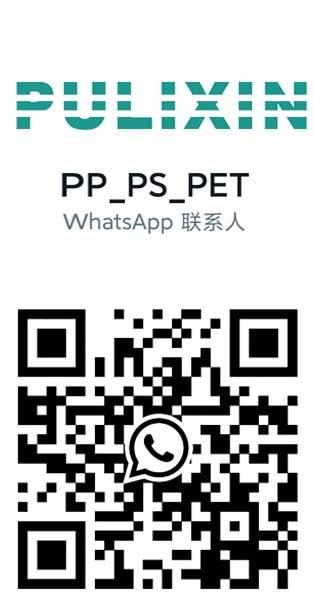What kind of blister sheet can be used to make transparent food packaging boxes?
There are many kinds of blister sheets that can be selected for making transparent food packaging boxes. The following are commonly used:
PET (polyethylene terephthalate): PET is a material with high transparency, high strength, and good chemical resistance. It is widely used in packaging fields such as food, beverages, and pharmaceuticals.
PET blister sheets have good transparency and gloss, which can clearly display the appearance of food, and can effectively block oxygen and water vapor, extending the shelf life of food.
PP (polypropylene): PP is a material with high strength, good heat resistance, and good transparency. It is often used to make packaging products such as food boxes and trays.
The transparency of PP blister sheets is slightly lower than that of PET, but it has higher strength and heat resistance, and is suitable for holding hot food or high-temperature sterilized food.
PVC (polyvinyl chloride): PVC is a material with the advantages of low cost, high transparency, and easy processing. It is often used to make packaging products such as food boxes and plastic wrap.
PVC blister sheets have high transparency and are cheap, but have poor heat resistance and chemical resistance and are not suitable for holding hot or acidic foods.
APET (modified PET): APET is a material modified on the basis of PET. It has higher transparency, toughness and folding resistance. It is often used to make high-end food packaging boxes.
Folhas de blister APET have very high transparency and gloss, which can make the appearance of food more attractive and effectively prevent food from deforming.
PS (polystyrene): PS has good transparency, gloss and plasticity, and can be used to make various food packaging boxes, such as cake boxes, tableware, etc. Rolo de folhas HIPS also has good thermal insulation properties and can be used to make frozen food packaging boxes.
How to choose the most suitable blister sheet?
When choosing blister sheets, the following factors should be considered:
Nature of food: Different foods have different requirements for packaging materials. For example, fruits and vegetables require packaging materials with good air permeability, while fried foods require packaging materials with good oil resistance.
Packaging usage environment: Factors such as temperature, humidity, and pressure that packaging needs to withstand will also affect the selection of blister sheets. For example, frozen food packaging requires low-temperature resistant blister sheets, while microwave heating food packaging requires high-temperature resistant blister sheets.
Cost of packaging: The prices of different blister sheets vary greatly. Consider your budget constraints and choose a material with moderate cost but good performance.
Transparency needs: If you need very high transparency to show how your food will look, then PET or PVC may be a better choice.
Environmental requirements: Considering environmental protection, you may prefer recyclable materials, such as PET or PP. Also, avoid choosing PVC material as it may release harmful substances during manufacturing and disposal.
Here are some specific suggestions:
- For fresh foods such as fruits and vegetables, it is recommended to use PET or PP blister sheets because these two materials have good air permeability and water resistance.
- For oily foods such as fried foods, it is recommended to use PET or PP blister sheets because these two materials have good oil resistance, acid and alkali resistance.
- For frozen food, it is recommended to use PET or PP blister sheets because these two materials have good low temperature resistance.
- For microwave-heated food, it is recommended to use PP blister sheets because this material has good high temperature resistance.
- For food packaging that requires high barrier properties, you can choose PET or APET blister sheets.
In addition, when choosing blister sheets, you should also pay attention to the following points:
- The thickness of the blister sheet should be selected based on the weight and volume of the food.
- The material of blister sheets should comply with food safety standards.
- The printing ink for blister sheets should be non-toxic and odorless.
Notícias relativas
- Porque é que os tabuleiros de plástico ESD podem proteger os prod...
- Como escolher entre a folha de PET virgem e a folha de RPET...
- Que tipo de folha de blister pode ser utilizado para fabricar tr...
- Rolo de folha de plástico HIPS preto condutor enviado ...
- Materiais de embalagem PULIXIN apresentados na Chinaplas...
- Folha de blister PP: um produto ecológico, seguro...
- Folha de blister PET: proteção transparente, fresca ...
- Os rolos de folhas de plástico PET partem para ajudar a melhorar ...
- Principais características dos nossos rolos de plástico HIPS
- O segredo por detrás da caixa de iogurte: revelando o s...
